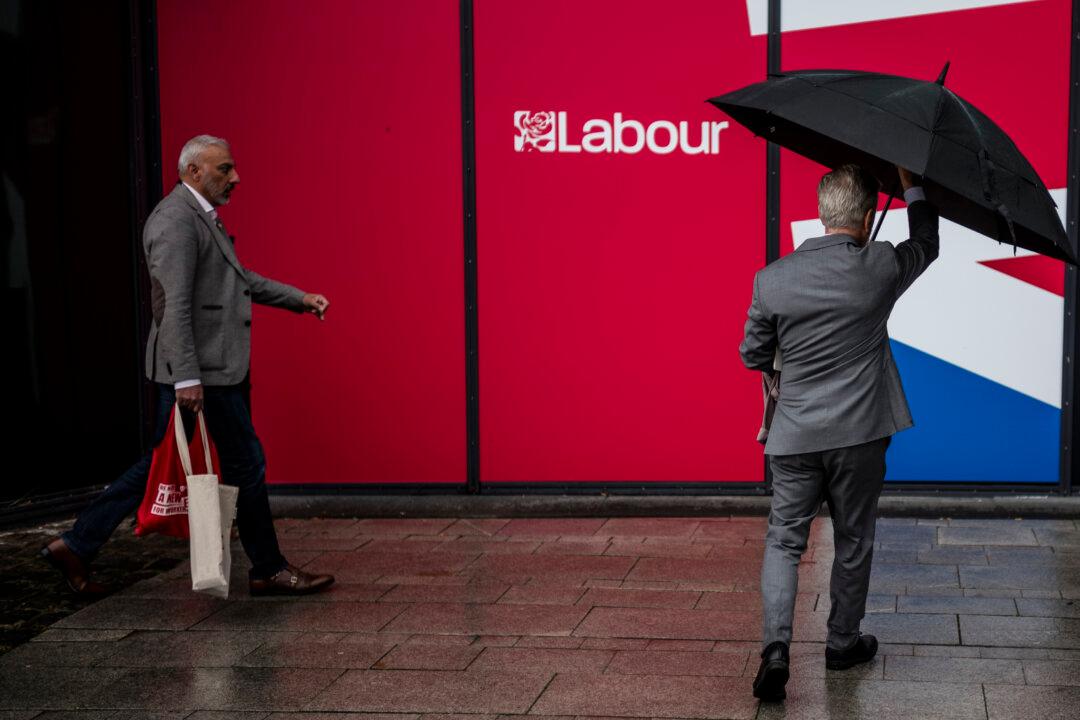Amid the continuous rise of the global core stock indices, the total market capitalization of Hong Kong-listed stocks has lost more than HK$17 trillion (US$2.2 trillion) in just over two years. Likewise, the total market value of mainland A-shares has seen a similar decline and has evaporated by more than 16 trillion yuan (US$2.2 trillion) in the past year alone.
At the close of trading on Aug. 17, Hong Kong Hang Seng Index (HSI) had fallen by more than 7 percent during the year, and the Hang Seng China Enterprises Index (HSCEI) had dropped by 6 percent year to date (YTD). According to a “Securities Times,” with the decline in trading volume, lack of market confidence, and discounted valuations of new stocks, IPO funds raised via the Hong Kong bourse in the first half of 2023 fell out of the top three in the world, is currently ranked in 6th place. Such IPO performance is the worst in its history.




